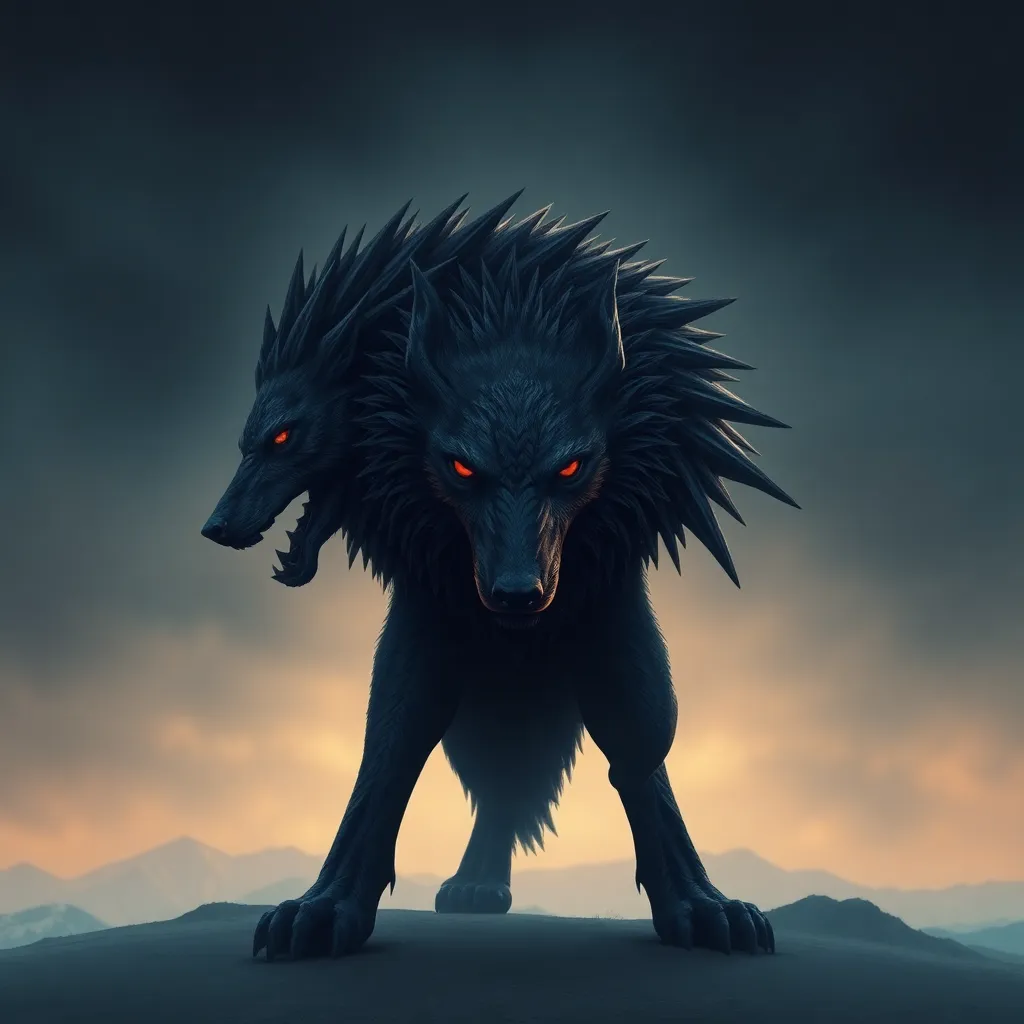The Selkie’s Revenge: Delving into the Darker Side of Selkie Mythology
I. Introduction to Selkie Mythology
Selkie mythology is a rich and captivating thread woven into the folklore of the coastal cultures of Northern Europe, particularly in Scotland, Ireland, and the Orkney and Shetland Islands. Defined as mythical creatures capable of transforming from seal to human, Selkies embody a unique connection between the sea and humanity.
The origins of Selkie legends can be traced back to ancient seafaring traditions, where stories of these shapeshifting beings served as cautionary tales about the dangers of the ocean and the complexities of love and loss. While popular culture often romanticizes Selkies as gentle and tragic figures, the darker narratives reveal a more complex and sometimes vengeful nature.
II. The Allure of the Selkie: Beauty and Tragedy
In folklore, Selkies are often depicted as extraordinarily beautiful beings, captivating the hearts of those who encounter them. Their enchanting songs and ethereal beauty symbolize longing and desire, drawing humans towards them. However, these stories are often steeped in themes of tragedy and loss.
- Depictions of Selkies: Selkies are frequently portrayed as vulnerable yet alluring, caught between their sea life and human existence.
- Longing and Loss: Many tales revolve around the heartache of separation, where love leads to despair when a Selkie’s seal skin is taken, preventing them from returning to the sea.
- Duality of Existence: The struggle between their identities as sea creatures versus human beings creates a poignant tension in the narratives.
III. The Darker Legends: Betrayal and Revenge
While Selkies are often romanticized, many legends delve into themes of betrayal and revenge. These darker narratives reveal how human actions can lead to dire consequences for these mystical beings.
- Betrayal Motifs: Common motifs include a human stealing a Selkie’s seal skin, which symbolizes their freedom and identity, leading to a profound sense of betrayal.
- Stolen Sealskins: The act of stealing a Selkie’s skin is often a pivotal plot point, representing the loss of autonomy and the manipulation of trust.
- Consequences: The repercussions of such betrayals are severe, often resulting in the Selkie seeking revenge on those who wronged them.
IV. The Vengeful Selkie: Stories of Retribution
Selkie tales often culminate in narratives of retribution, showcasing the lengths to which these beings will go to reclaim their stolen identities and seek justice.
- Notable Tales: One famous tale recounts a Selkie who, after being forced into marriage by a human, ultimately seeks vengeance by luring the husband to the sea, where he meets his fate.
- Motivations for Vengeance: The motivations behind Selkie revenge are deeply rooted in the themes of freedom, autonomy, and the desire to reclaim what was lost.
- Impact on Communities: These stories serve as cautionary tales for local communities, reminding them of the consequences of betrayal and the importance of respecting the boundaries of nature.
V. Symbolism of the Selkie’s Revenge
The act of revenge in Selkie mythology is rich in symbolism, reflecting broader themes of empowerment and justice.
- Revenge as Oppression Response: Selkie revenge can be interpreted as a response to oppression, highlighting the struggles of marginalized beings against their oppressors.
- Female Empowerment: The Selkie embodies a powerful symbol of female autonomy, illustrating the lengths to which they will go to assert their independence.
- Justice vs. Consequences: The themes of justice in these tales are often complicated by tragic outcomes, prompting reflections on the morality of revenge.
VI. The Psychological and Cultural Implications
Selkie myths not only entertain but also provide insight into societal values and psychological themes prevalent in human relationships.
- Fear and Caution: The legends serve as a reminder of the fear and caution that can surround the unknown, particularly regarding relationships with those who may be different.
- Societal Attitudes: These stories reflect historical societal attitudes toward women, particularly their perceived roles and the consequences of defiance.
- Betrayal’s Impact: The psychological implications of betrayal are profound, illustrating the emotional scars left by broken trusts and lost love.
VII. Modern Adaptations and Interpretations
In contemporary literature and media, Selkie stories have been reimagined and adapted, blending elements of romance and darkness.
- Contemporary Reimaginings: Modern authors and filmmakers have taken the essence of Selkie legends, infusing them with new perspectives that resonate with today’s audiences.
- Blending Genres: The intersection of romance and darker themes has led to intriguing narratives that explore the complexities of love, loss, and revenge.
- Ongoing Relevance: The enduring nature of Selkie stories speaks to their relevance in contemporary culture, as they continue to reflect human experiences and emotions.
VIII. Conclusion: The Enduring Legacy of the Selkie Myth
Selkie mythology, with its intricate tales of beauty, betrayal, and revenge, offers profound insights into the human condition. The darker themes within these legends serve as cautionary tales, reminding us of the delicate balance between love and loss, and the consequences of our actions.
As we reflect on the enduring legacy of the Selkie myth, we gain a deeper understanding of the complexities of human relationships and the often uncharted waters of desire and autonomy. The balance between beauty and darkness in folklore captivates our imaginations, ensuring that these tales of the Selkie will continue to resonate for generations to come.



